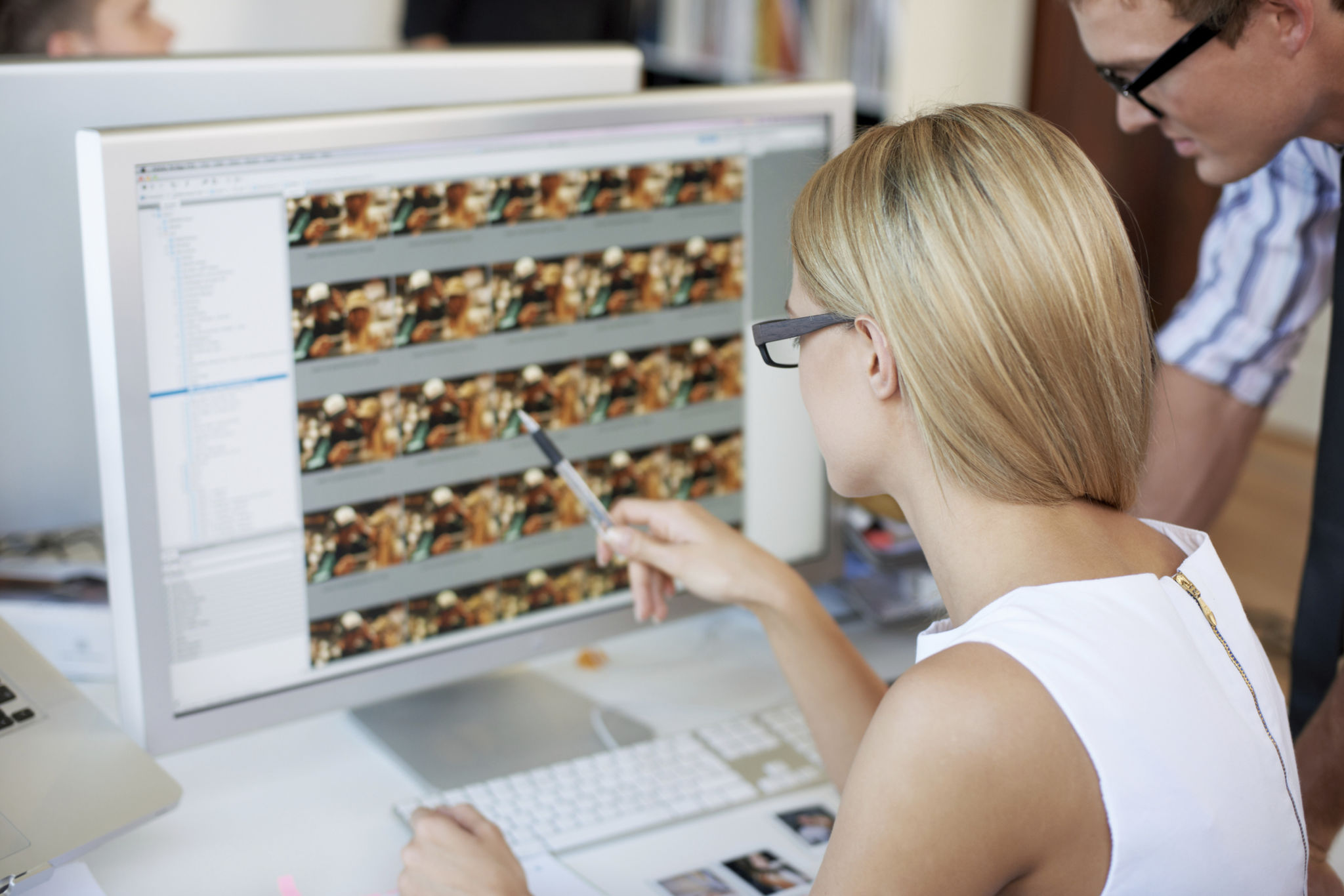10 Expert Tips for Stunning Interior Photography
Mastering the Art of Interior Photography
Interior photography is an exquisite blend of art and technique. Capturing the essence of a room can be challenging yet rewarding. Professionals in the field possess unique insights that can elevate your photography skills to new heights. Here are some expert tips to help you capture stunning interior photographs.
Utilize Natural Light
The first tip for achieving breathtaking interior photos is to make the most of natural light. Whenever possible, schedule your shoots during the daytime to leverage sunlight. Natural light adds depth and warmth to your images, creating a more inviting atmosphere.
Position yourself near windows to allow light to flood into the space. Avoid shooting directly into the light source, as this can create harsh shadows or overexposed spots. Instead, use indirect light to soften the scene.

Choose the Right Equipment
Selecting the appropriate equipment is crucial for interior photography. A DSLR or mirrorless camera with a wide-angle lens is ideal for capturing expansive views of a room. Wide-angle lenses allow you to include more of the space in a single shot, providing a comprehensive view.
Additionally, consider using a tripod to stabilize your camera. This ensures that your images remain sharp and clear, especially in low-light conditions where longer exposure times may be necessary.
Focus on Composition
Composition is key in creating visually appealing photographs. Pay attention to lines, patterns, and symmetry within the room. Use these elements to guide the viewer's eye through the image.
Try different angles and perspectives to find the most flattering view of the space. Experiment with height by shooting from different levels—sometimes shooting from lower or higher angles can add an interesting dynamic.

Declutter and Stage the Space
A clutter-free environment allows the true beauty of the space to shine through. Before photographing, take time to declutter and arrange furniture and decor thoughtfully. Remove any distracting elements that might detract from the focal point of the image.
Consider adding props or rearranging items to enhance the visual appeal of the room. Small touches like fresh flowers or neatly arranged books can add personality and warmth to your photos.
Edit with Care
Post-processing is an integral part of interior photography. Use editing software to adjust exposure, contrast, and color balance. Maintain a natural look—over-editing can make images appear artificial.
Correct any lens distortion that wide-angle lenses might introduce, and make sure vertical lines remain straight. This attention to detail will result in professional-quality images.

Conclusion
By incorporating these expert tips into your practice, you will enhance your interior photography skills significantly. Remember, patience and experimentation are key components of mastering this art form. With time and dedication, you'll be able to capture stunning interior photographs that truly reflect the beauty and character of each space.